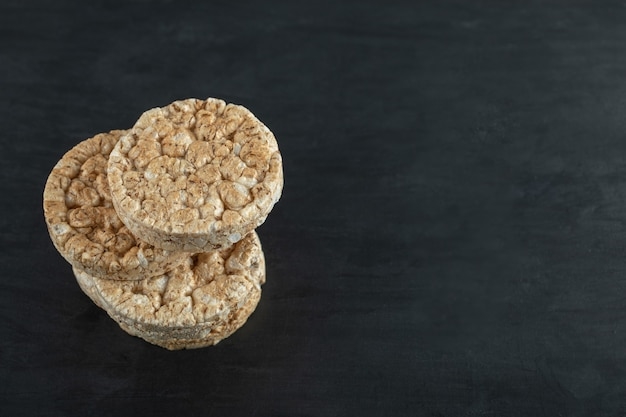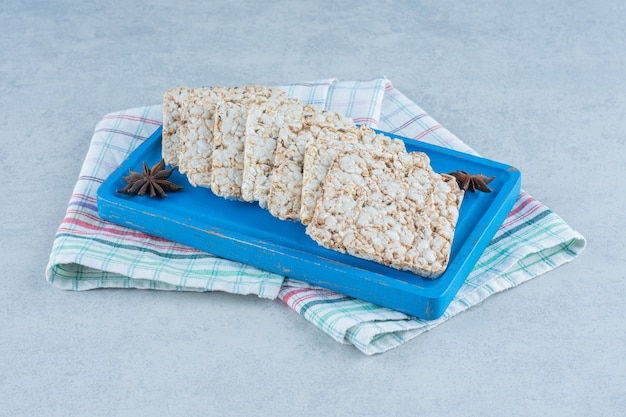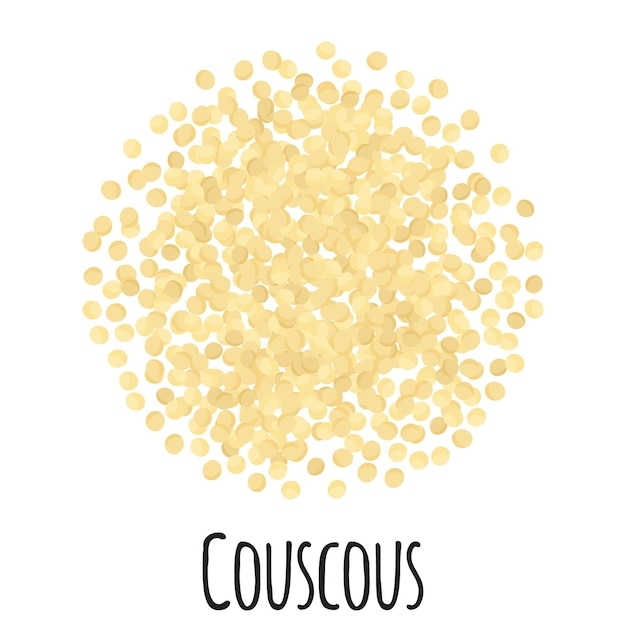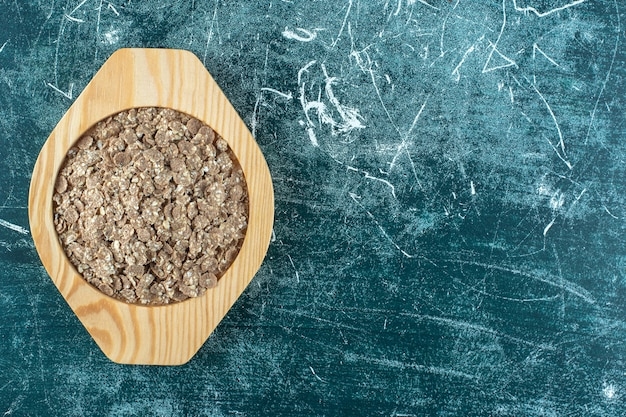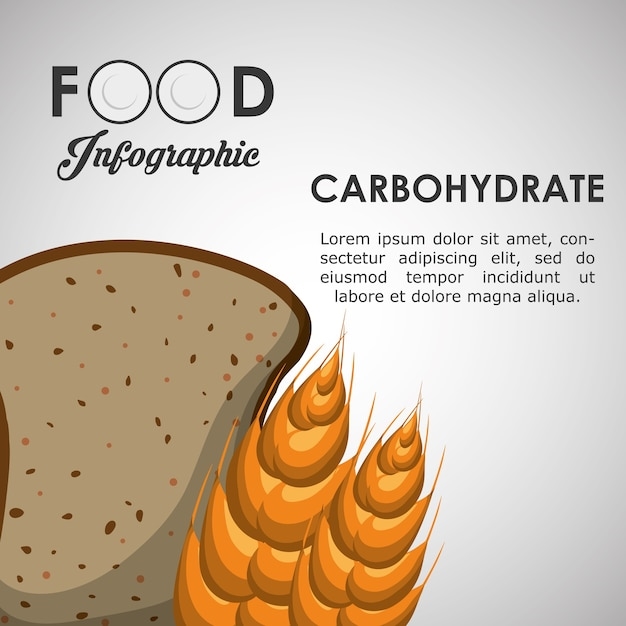Whole wheat bread is a staple in most households. It is not only nutritious but also delicious. Whole wheat bread is made from whole grains, which contain all the parts of the grain, including the bran, germ, and endosperm. This means that whole wheat bread is a rich source of nutrients, including fiber, protein, vitamins, and minerals. Here’s a breakdown of the nutritional value of whole wheat bread per 100g:
Calories
Whole wheat bread is relatively low in calories compared to other bread products. One 100g serving of whole wheat bread contains approximately 247 calories.
Carbohydrates
Whole wheat bread is a good source of carbohydrates. It contains approximately 43g of carbohydrates per 100g serving. These carbohydrates are important for providing energy to the body.
Fiber
Whole wheat bread is an excellent source of fiber. It contains approximately 6g of fiber per 100g serving. Fiber is important for maintaining healthy digestion and reducing the risk of chronic diseases.
Protein
Whole wheat bread is also a good source of protein, providing approximately 11g per 100g serving. Protein is important for building and repairing tissues in the body.
Fat
Whole wheat bread is a low-fat food, containing approximately 2.5g of fat per 100g serving. This makes it a healthier option compared to other bread products that are high in fat.
Vitamins and Minerals
Whole wheat bread is a rich source of vitamins and minerals. Here are some of the essential vitamins and minerals found in whole wheat bread per 100g:
- Calcium: 33mg
- Iron: 2.3mg
- Magnesium: 95mg
- Phosphorus: 138mg
- Potassium: 167mg
- Sodium: 460mg
- Zinc: 1.2mg
- B vitamins (thiamine, riboflavin, niacin, vitamin B6): all present in varying amounts
Benefits of Whole Wheat Bread
Whole wheat bread provides numerous health benefits due to the high nutrient content. Here are some of the benefits of incorporating whole wheat bread into your diet:
- Improved Digestion: The high fiber content in whole wheat bread can help improve digestion and reduce the risk of constipation and other digestive issues.
- Reduced Risk of Chronic Diseases: The nutrients in whole wheat bread, including antioxidants, vitamins, and minerals, can reduce the risk of chronic diseases such as type 2 diabetes, heart disease, and cancer.
- Weight Management: Whole wheat bread is a low-calorie, high-fiber food that can help with weight management by keeping you feeling full and reducing cravings.
- Improved Heart Health: The fiber, vitamins, and minerals in whole wheat bread can help improve heart health by reducing cholesterol levels, blood pressure, and inflammation.
How to Choose Whole Wheat Bread
When choosing whole wheat bread, it is important to look for products that are made with 100% whole grains. Many bread products are labeled as “whole wheat” but are made with refined flours or added sugars. Look for bread that has “100% whole wheat” or “100% whole grain” on the label.
Frequently Asked Questions (FAQs)
1. Is whole wheat bread gluten-free?
No, whole wheat bread is not gluten-free. It contains gluten, which is a protein found in wheat, rye, and barley. People with celiac disease or gluten intolerance should avoid whole wheat bread and opt for gluten-free products instead.
2. How does whole wheat bread compared to white bread?
Whole wheat bread is a healthier option compared to white bread. White bread is made from refined grains, which means that many of the essential nutrients have been stripped away. Whole wheat bread is made from whole grains, which means that it contains all the parts of the grain, including the bran, germ, and endosperm, and is thus a rich source of nutrients.
3. Is whole wheat bread fattening?
No, whole wheat bread is not fattening. It is a low-fat, high-fiber food that can actually aid in weight management by keeping you feeling full and reducing cravings.
4. Can I eat whole wheat bread if I have diabetes?
Yes, whole wheat bread can be a good option for people with diabetes. The high fiber content in whole wheat bread can help regulate blood sugar levels. However, it is important to monitor portion sizes and choose bread that is low in added sugars.
5. How can I make whole wheat bread at home?
Whole wheat bread can be made at home using a variety of recipes. Some basic ingredients include whole wheat flour, water, yeast, salt, and sugar. There are many recipes available online that can guide you through the process of making your own whole wheat bread at home.
Conclusion
Whole wheat bread is a nutritious and healthy food that provides numerous health benefits. It is a rich source of fiber, vitamins, and minerals, and can help with weight management, improved digestion, and reduced risk of chronic diseases. When choosing whole wheat bread, be sure to look for products that are made with 100% whole grains to ensure that you are getting all the essential nutrients.
